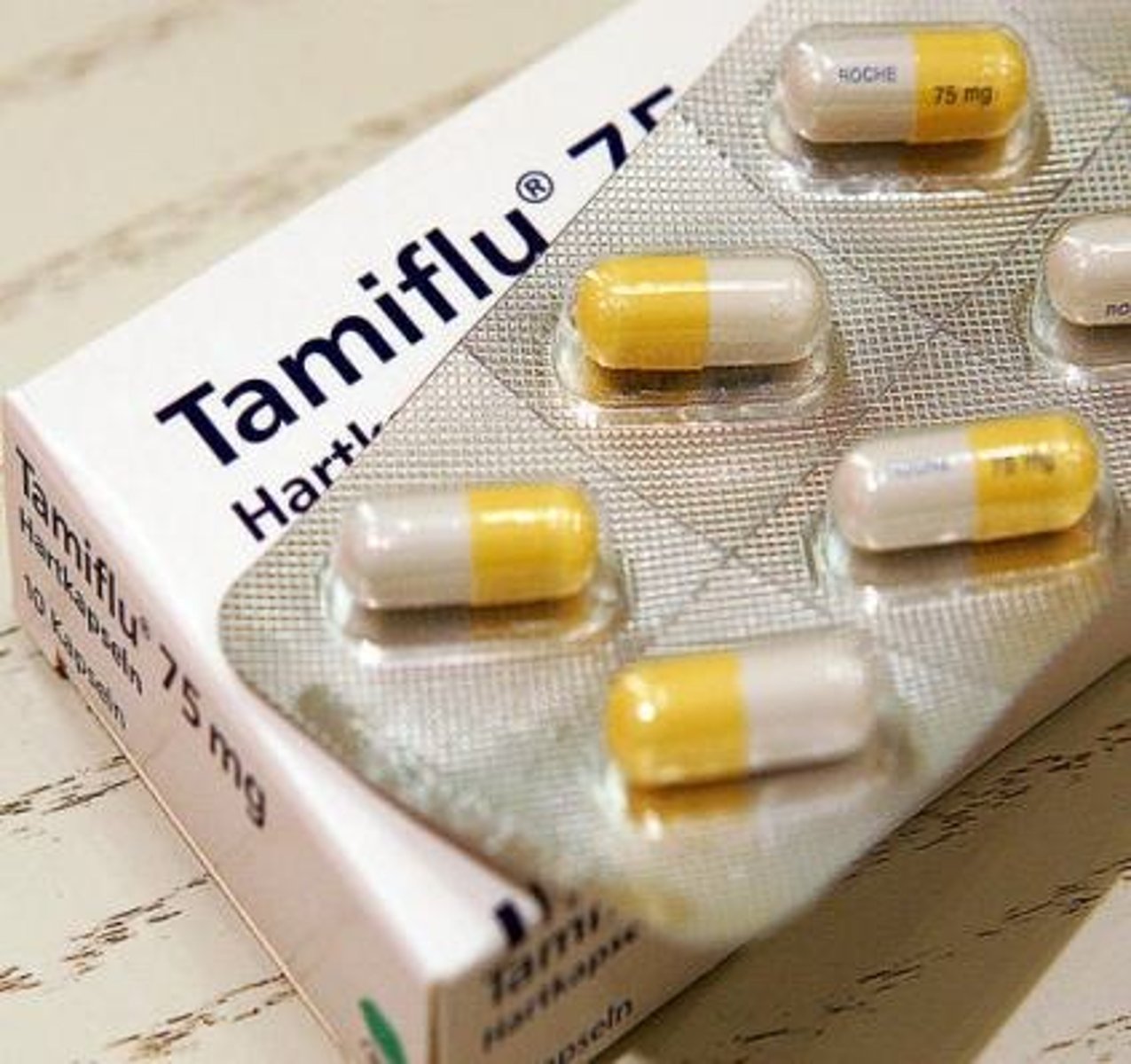Enzyme Control and Feedback Mechanisms
Enzyme
Protein that catalyzes biochemical reactions.
Temperature Effect
Higher temperature increases molecular collisions.
1/29
There's no tags or description
Looks like no tags are added yet.
Name | Mastery | Learn | Test | Matching | Spaced |
|---|
No study sessions yet.
30 Terms
Enzyme
Protein that catalyzes biochemical reactions.
Temperature Effect
Higher temperature increases molecular collisions.
Denaturation
Loss of enzyme structure due to extreme conditions.
pH Impact
Affects charge of amino acids in enzymes.
Competitive Inhibitors
Resemble substrate, bind to active site.
Km
Michaelis constant, indicates substrate affinity.
Vmax
Maximum reaction rate of an enzyme.
AZT
Competitive inhibitor for reverse transcriptase in HIV.
Transition State Analogues
Mimic transition state for enzyme inhibition.
Oseltamivir
Blocks neuraminidase, used against influenza.

Catalytic Antibodies
Antibodies that mimic enzyme active sites.
Non-competitive Inhibitors
Bind elsewhere, do not affect Km.
Irreversible Inhibitors
Covalently bind, permanently inactivate enzymes.
Feedback Inhibition
End product inhibits earlier pathway enzymes.
Allosteric Enzymes
Change shape upon effector binding, altering activity.
Allosteric Effectors
Metabolites that modulate enzyme activity non-covalently.
Sigmoidal Kinetics
Characteristic curve of allosteric enzyme activity.
Concerted Model
All subunits change conformation simultaneously.
Sequential Model
Binding induces conformational changes in subunits.
Covalent Modification
Regulation via reversible chemical changes.
Phosphorylation
Addition of phosphate groups to regulate enzymes.
Proproteins
Inactive precursors activated by proteolytic cleavage.
Zymogens
Inactive digestive enzymes activated by cleavage.
Protein Kinases
Enzymes that add phosphate groups.
Protein Phosphatases
Enzymes that remove phosphate groups.
Regulatory Enzymes
Key enzymes controlling metabolic pathways.
Active Site
Region where substrate binds on enzyme.
Biochemical Pathways
Series of reactions catalyzed by enzymes.
M-M Kinetics
Michaelis-Menten kinetics describe enzyme activity.
Substrate Concentration
Influences reaction rate and enzyme activity.